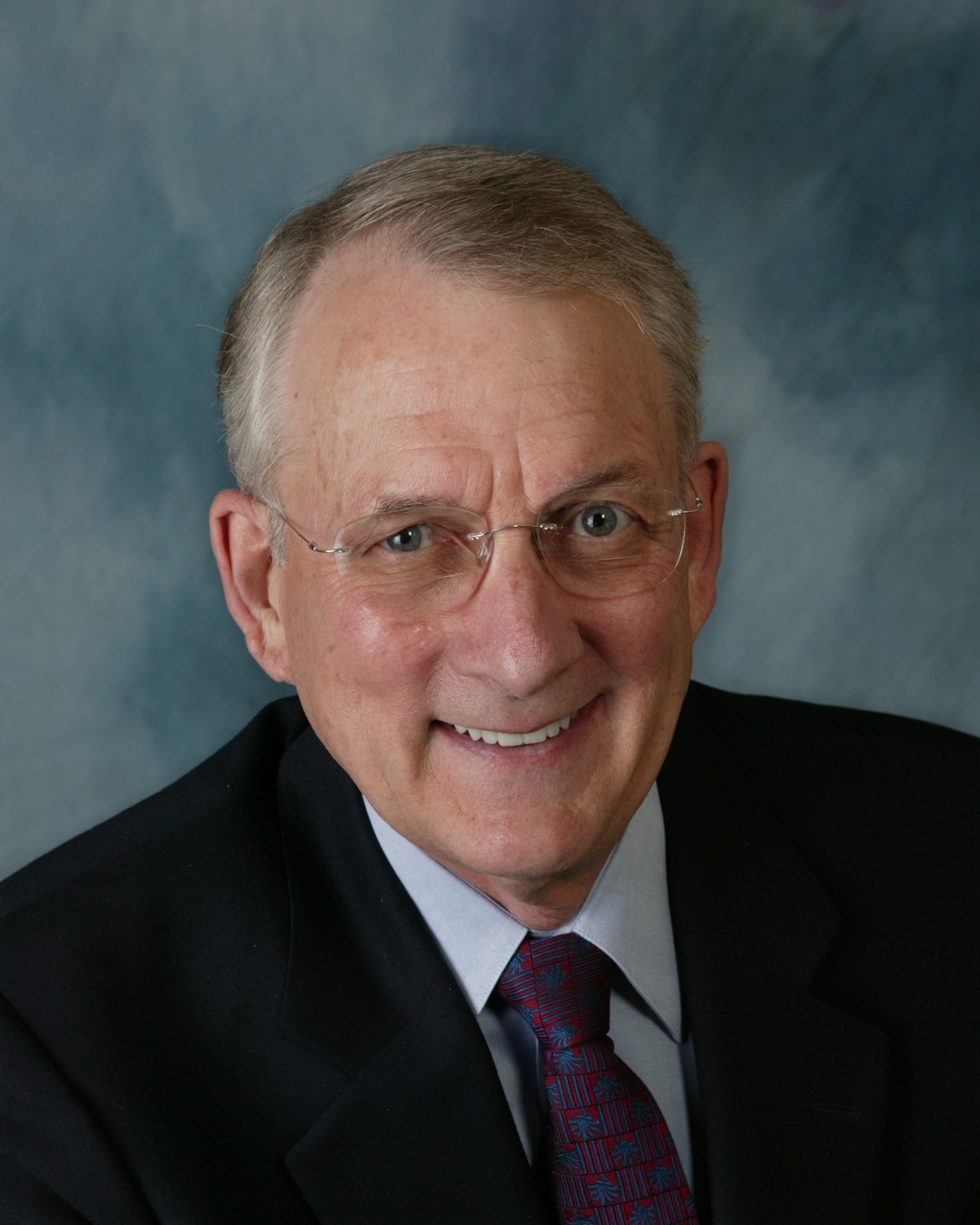 In this episode of the Postural Respiration podcast I am joined by Cody Gillis, DPT, PRC, CSCS. Cody grew up in Boston, MA and earned his DPT from Northeastern University in 2017. It was during his time at Northeastern that he was introduced to PRI by the Strength and Performance staff their who had utilized various positional activities with their athletes. During this explorative track as a 3rd year DPT student Cody was pursuing his Strength & Conditioning certification and spending time with the performance team there. Cody admits to being skeptical at first regarding what he saw but wanted to learn more. During his two required 6 months clinicals Cody gained experience in a local orthopedic setting, but it was during his second rotation that he truly immersed himself. Moving to Hawaii and spending time learning from Randy Fukuji and the clinical cases at Fukuji & Lum in Honolulu produced a desire to dig even deeper. Cody recalls a specific patient that impacted him early on, who had tried everything and been everywhere, but was coming to the clinic solely to work through the Right Sidelying – Left Adductor Pullback technique because that one technique did more for the patient than anything else had. Once Cody heard this he knew it was time to take his first course.
In this episode of the Postural Respiration podcast I am joined by Cody Gillis, DPT, PRC, CSCS. Cody grew up in Boston, MA and earned his DPT from Northeastern University in 2017. It was during his time at Northeastern that he was introduced to PRI by the Strength and Performance staff their who had utilized various positional activities with their athletes. During this explorative track as a 3rd year DPT student Cody was pursuing his Strength & Conditioning certification and spending time with the performance team there. Cody admits to being skeptical at first regarding what he saw but wanted to learn more. During his two required 6 months clinicals Cody gained experience in a local orthopedic setting, but it was during his second rotation that he truly immersed himself. Moving to Hawaii and spending time learning from Randy Fukuji and the clinical cases at Fukuji & Lum in Honolulu produced a desire to dig even deeper. Cody recalls a specific patient that impacted him early on, who had tried everything and been everywhere, but was coming to the clinic solely to work through the Right Sidelying – Left Adductor Pullback technique because that one technique did more for the patient than anything else had. Once Cody heard this he knew it was time to take his first course.
Almost immediately Cody was on a flight from Hawaii to New York for his first course, Postural Respiration. Over the following years Cody completed his additional coursework and became certified as part of the 2021 PRC Class. Out of all the coursework he has completed, Cody credits Impingement & Instability and the concepts therein, for providing him the link to a more neurological mindset which has shaped his practice ever since. After spending many years learning and treating at Fukuji & Lum in Hawaii, Cody’s desire to spend more one on one time with individual clients, led him to create Respire, initially as a personal training and coaching opportunity in his spare time. After getting married and moving back to the mainland Cody opened his Respire Physiotherapy doors, offering all encompassing care in Santa Barbara and Monterey California.
Cody has a strong interest in interdisciplinary care and has attended numerous conferences with other disciplines including joining the PRI community at past AAPMD meetings among others. Most recently Cody’s desire to understand and communicate with other disciplines, led him to undergo a PRI Mini Residency at the Hruska Clinic. We discuss his time here and what offering an integrative treatment plan looks like for him as he navigates building relationships with other professionals and offering patients holistic care via those relationships. Cody has a passion for being on, in, or near the water and he looks forward to working with more individuals in the surfing community as well as pursuing more knowledge and the autonomic regulation required of the sport of Free Diving and those who do it.

 In this episode of the Postural Restoration podcast i am joined by Michael Pedersen, DPT, PTA, PRC. Michael started his clinical career after earning his associates as a Physical Therapy Assistant and taking his first job with The Therapy Network in Newtown, VA. Michael was first introduced to Physical Therapy alongside his work with swimmers as a swim coach and the team of providers this exposed him to. Following his PTA program and starting to work in the clinic Michael was introduced to PRI early on in his career by Laurie Johnson, who was at the time his clinical director and the one who offered him a job. During this time our lives adapted to COVID and much of Michael’s course exposure to the science took place via the online coursework, as both he and Laurie immersed themselves in the concepts, taking dozens of courses within only a couple years. Michael credits the results he saw clinically for igniting his passion for the science of Postural Restoration.
In this episode of the Postural Restoration podcast i am joined by Michael Pedersen, DPT, PTA, PRC. Michael started his clinical career after earning his associates as a Physical Therapy Assistant and taking his first job with The Therapy Network in Newtown, VA. Michael was first introduced to Physical Therapy alongside his work with swimmers as a swim coach and the team of providers this exposed him to. Following his PTA program and starting to work in the clinic Michael was introduced to PRI early on in his career by Laurie Johnson, who was at the time his clinical director and the one who offered him a job. During this time our lives adapted to COVID and much of Michael’s course exposure to the science took place via the online coursework, as both he and Laurie immersed themselves in the concepts, taking dozens of courses within only a couple years. Michael credits the results he saw clinically for igniting his passion for the science of Postural Restoration. In this episode of the Postural Restoration Podcast I am joined by Betsy Baker-Bold who resides in Everett, WA. Betsy was pivotal in bringing PRI to the pacific northwest alongside her own journey. Betsy took her first course Myokinematic Restoration in 2010 when her employer at the time, Olympic Physical Therapy was hosting. Coming from a heavily manual based educational background Betsy and her colleagues were introduce to this new neurological perspective and left with the question of what to do with it. Betsy recalls these struggles from a clinical perspective of not only exploring asymmetry as a whole but then translating it with the colleagues around her to apply it to approaches they were already utilizing. Betsy played a role in our return to WA and continuing to host courses there, as she was hungry for more and saw this as a missing link in her skill set.
In this episode of the Postural Restoration Podcast I am joined by Betsy Baker-Bold who resides in Everett, WA. Betsy was pivotal in bringing PRI to the pacific northwest alongside her own journey. Betsy took her first course Myokinematic Restoration in 2010 when her employer at the time, Olympic Physical Therapy was hosting. Coming from a heavily manual based educational background Betsy and her colleagues were introduce to this new neurological perspective and left with the question of what to do with it. Betsy recalls these struggles from a clinical perspective of not only exploring asymmetry as a whole but then translating it with the colleagues around her to apply it to approaches they were already utilizing. Betsy played a role in our return to WA and continuing to host courses there, as she was hungry for more and saw this as a missing link in her skill set.
 In this episode of the Postural Restoration podcast I welcome
In this episode of the Postural Restoration podcast I welcome  In this episode of the Postural Restoration Podcast I am joined by Frank Mallon, PT, DPT, PRC. Frank grew up in the Philadelphia area and attended Physical Therapy school at Arcadia University. Although he has had many unique experiences in his home state he has remained there ever since. One of the biggest influences on his early career was the work of Shirley Sahrmann. In his first clinical setting, alongside one of his earliest mentors, Carl Mangione, they were able to implement these concepts with their patients and also share them in the university settings to others interested. Franks first years as a PT in this setting allowed him to explore other schools of thought that otherwise had not been introduced throughout his schooling.
In this episode of the Postural Restoration Podcast I am joined by Frank Mallon, PT, DPT, PRC. Frank grew up in the Philadelphia area and attended Physical Therapy school at Arcadia University. Although he has had many unique experiences in his home state he has remained there ever since. One of the biggest influences on his early career was the work of Shirley Sahrmann. In his first clinical setting, alongside one of his earliest mentors, Carl Mangione, they were able to implement these concepts with their patients and also share them in the university settings to others interested. Franks first years as a PT in this setting allowed him to explore other schools of thought that otherwise had not been introduced throughout his schooling.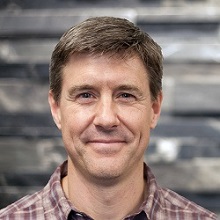 In this episode of the Postural Restoration Podcast I am joined by
In this episode of the Postural Restoration Podcast I am joined by 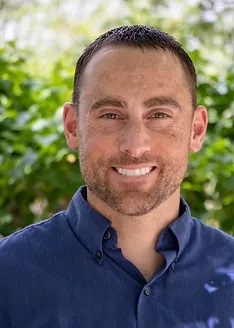 In this episode of the Postural Restoration Podcast I am joined by
In this episode of the Postural Restoration Podcast I am joined by 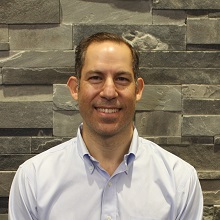
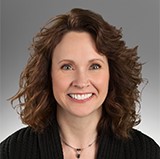
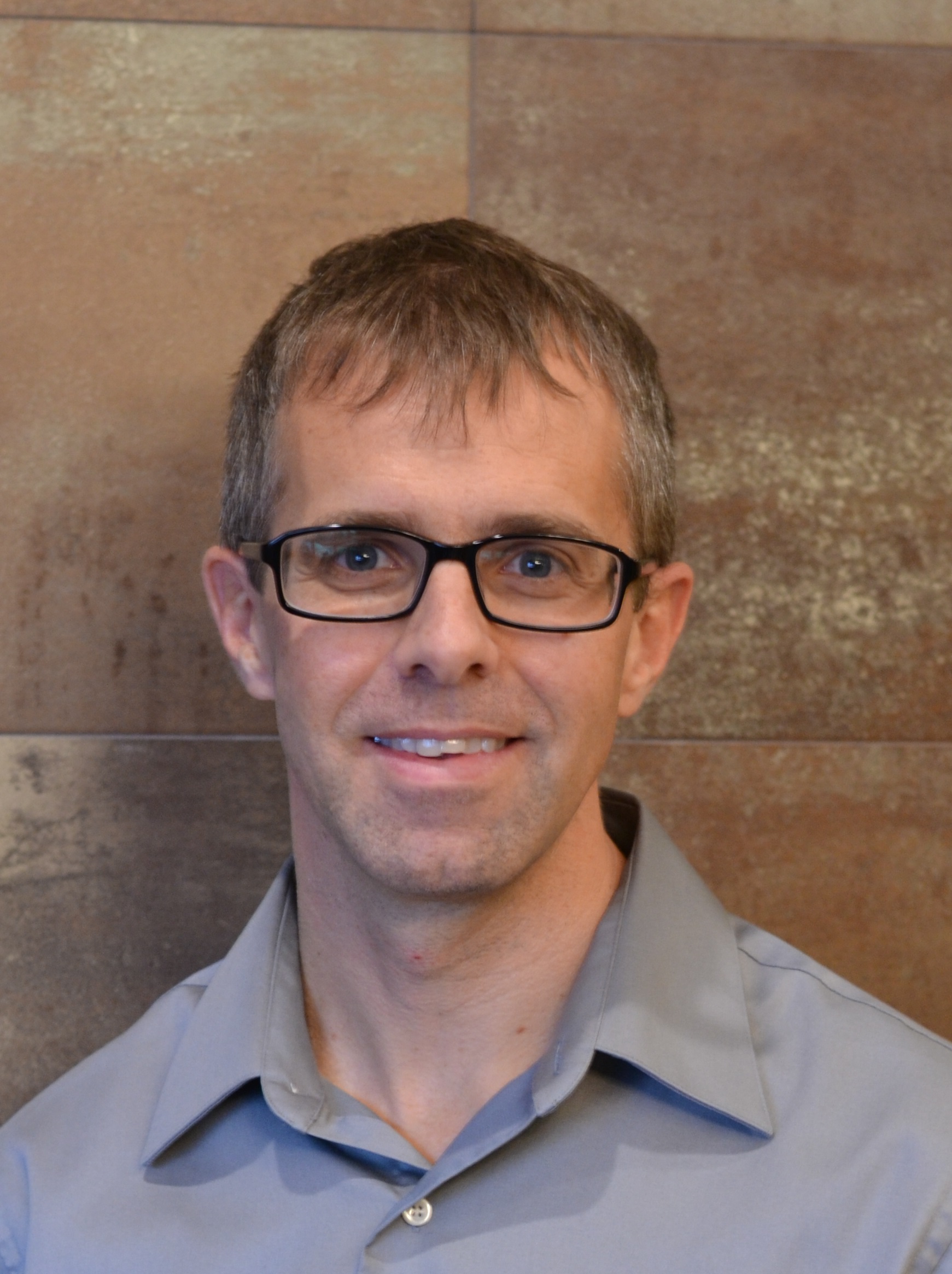 In this episode of the
In this episode of the 